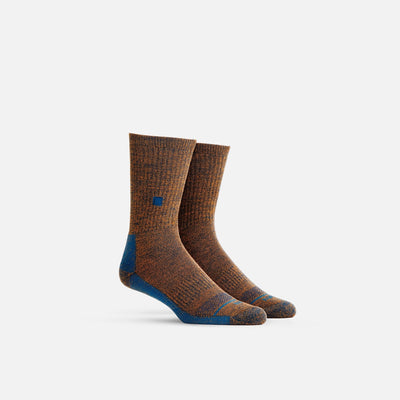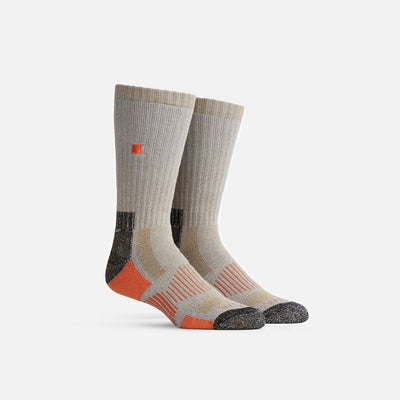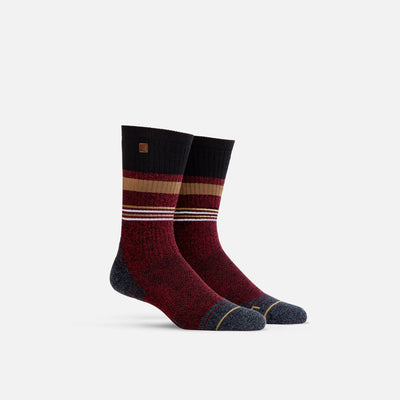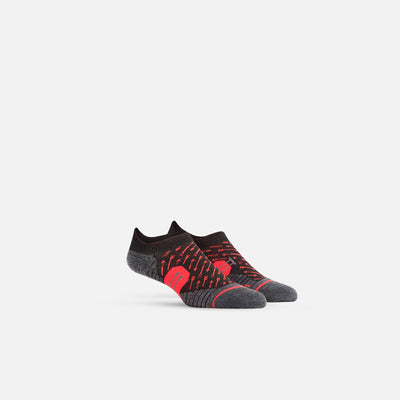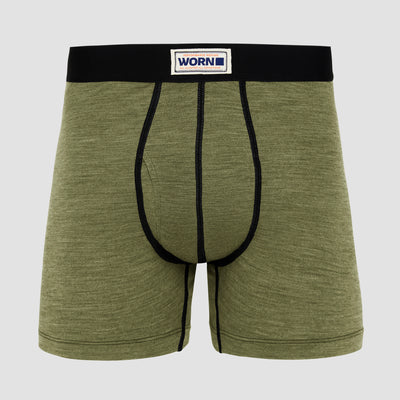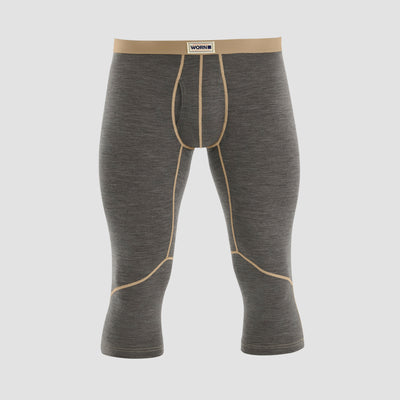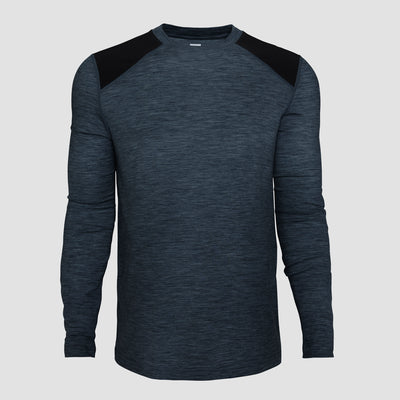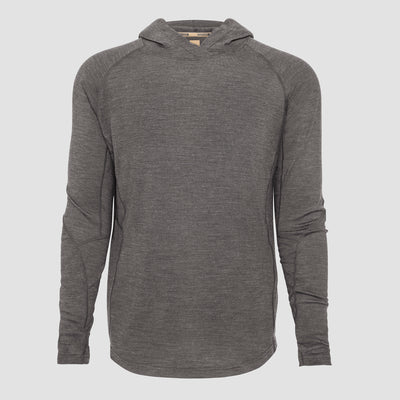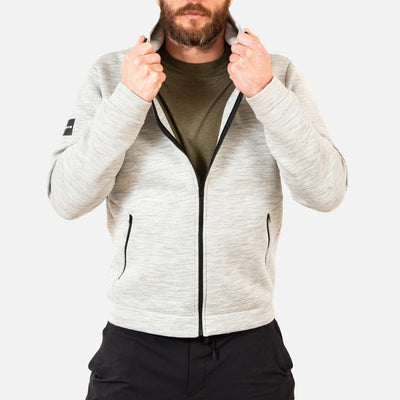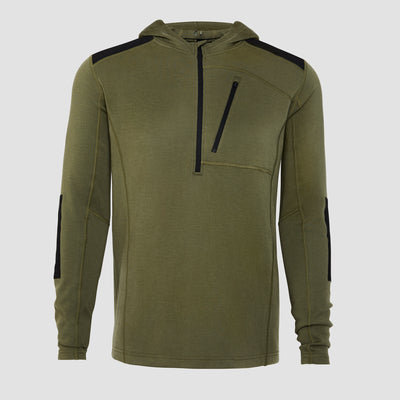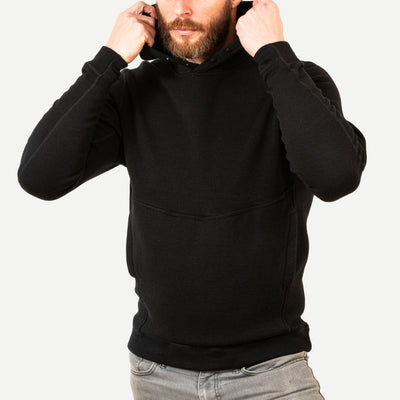Wool Myths: Setting the Record Straight

This article will take a look at some of the common misconceptions about wool as a fabric and textile, and wool farming in general. But before I jump into that, a question for you:
How long do you think humans have been using wool for clothing?
Since the 1900s? The 1700s? Maybe the 1400s -- did Christopher Columbus give pep talks to his crew on the Santa Maria while wearing a nice wool sweater?
Frankly, it's possible. Wool has been used in this way by humans since 10,000 BC! Remember when iPods first came out in 2001? This is more than 600 times longer ago than that!
Yet, in all that time, we’ve all somehow failed to eliminate many of the misnomers and misinformation surrounding this highly versatile and highly practical fabric.
So, let's take a look at a few of these misconceptions about wool and set the record straight.
Debunking Four Common Wool Myths
Wool Myth #1: Wool clothing is itchy and uncomfortable.
Realty: This is as true as the sentence, "Coffee tastes metallic and burnt." Which is to say, it's only true if you choose the wrong product.
The itchy feeling you get from wool is due to the thickness and coarseness of the wool fibers used in production. Lower quality wool fibers are thicker and rougher and are the reason this myth exists. Higher quality wool, such as Merino wool (and especially WORN’s technincally enhanced Arrowool™) don't suffer from the same affliction. In fact, a pair of our Everyday Enhanced socks, for instance, feel soft, smooth, and extremely comfortable.
Wool Myth #2: Wool is expensive.
Reality: The price of wool products varies greatly, and often is less expensive than cotton and other materials when you consider its longevity.
Imagine believing wool was both itchy AND expensive? Why would anyone ever buy it?
As noted in the previous myth debunking, the price of wool is dictated, at least in part, by the quality of wool being used. And it's true that high quality wool can cost a little more off the shelf than its counterparts in cotton, but it'll be a lot longer before you need to replace it and spend that money again.
Our Arrowool™ socks have four times the life of cotton, all while performing better and producing less waste.
Wool Myth #3: Wool farming promotes cruelty toward sheep and livestock.
Reality: Shearing wool from a sheep (or llama, or alpaca) does not cause them any pain, just as your last haircut caused you no pain. (If it did, please find a new barber/stylist.) While wool does serve a natural purpose for the animals – providing warmth and insulation in cold weather – that need is easily addressed, as needed, with barns and other shelters.
Wool Myth #4: Wool farming is not environmentally friendly.
Reality: False. No dancing around this one -- if more of world's textiles were produced using wool, the effect on the environment would be net positive.
That's not to say wool doesn't use resources; it certainly does. Any fiber used for clothing will require material resources, whether they're crop-based, animal-based, or water-based. And they'll also require a combination of human labor, energy, and transportation (we haven't figured out how to email socks to you yet).
However, when you look at the world's textiles and see the current domination by cotton and synthetic fibers which use outrageous amounts of resources, the footprint created by wool suddenly looks quite reasonable. Plus, if and when wool can command more of the marketplace, farms will be able (and incentivized) to spend more time and resources creating even more efficient processes for its growth and production.
Wool >> Merino Wool >> Arrowool™
Above, I noted that the quality and comfort of wool textiles is related to how the wool is treated and processed. And because of the sometimes inconsistent feel of a product that is marketed as being made from wool, you’ll usually see a type of wool (typically incorporating the name of the breed of sheep) named in the description.
A common name you’ll see for socks is Merino wool. The word Merino identifies the fiber as coming from Merino sheep, which are found mainly in Australia and New Zealand. Not to digress into a discussion on biological evolution, but because Merino sheep are believed to have originally lived in a more more mountainous area and were subject to volatile temperature fluctuations, their wool coats evolved and adapted to moderate temperatures very well. In other words, the sheep needed to stay warm in the freezing temps and cool in the hot ones. That’s what makes Merino wool a great candidate for climate-moderating socks.
And to stick with the “evolution” motif, WORN has created Arrowool™, the most advanced wool fabric on the market today. Representing the next stage in the evolution of Merino wool footwear, Arrowool™ socks combine Merino’s lightweight and insulating properties (the properties that make it so important for sheep in the first place) with technical (and recycled) enhancements in the production process to keep them soft, durable, and great at wicking moisture.
If you’ve ever found yourself considering the next pair of socks you’ll need to purchase and had reservations about a wool variety due to the myths mentioned above (or others), know that Merino wool is known to be a great category of socks in general, and Arrowool™ by WORN is the ultimate in comfortable, high-quality, long-lasting wool socks.



